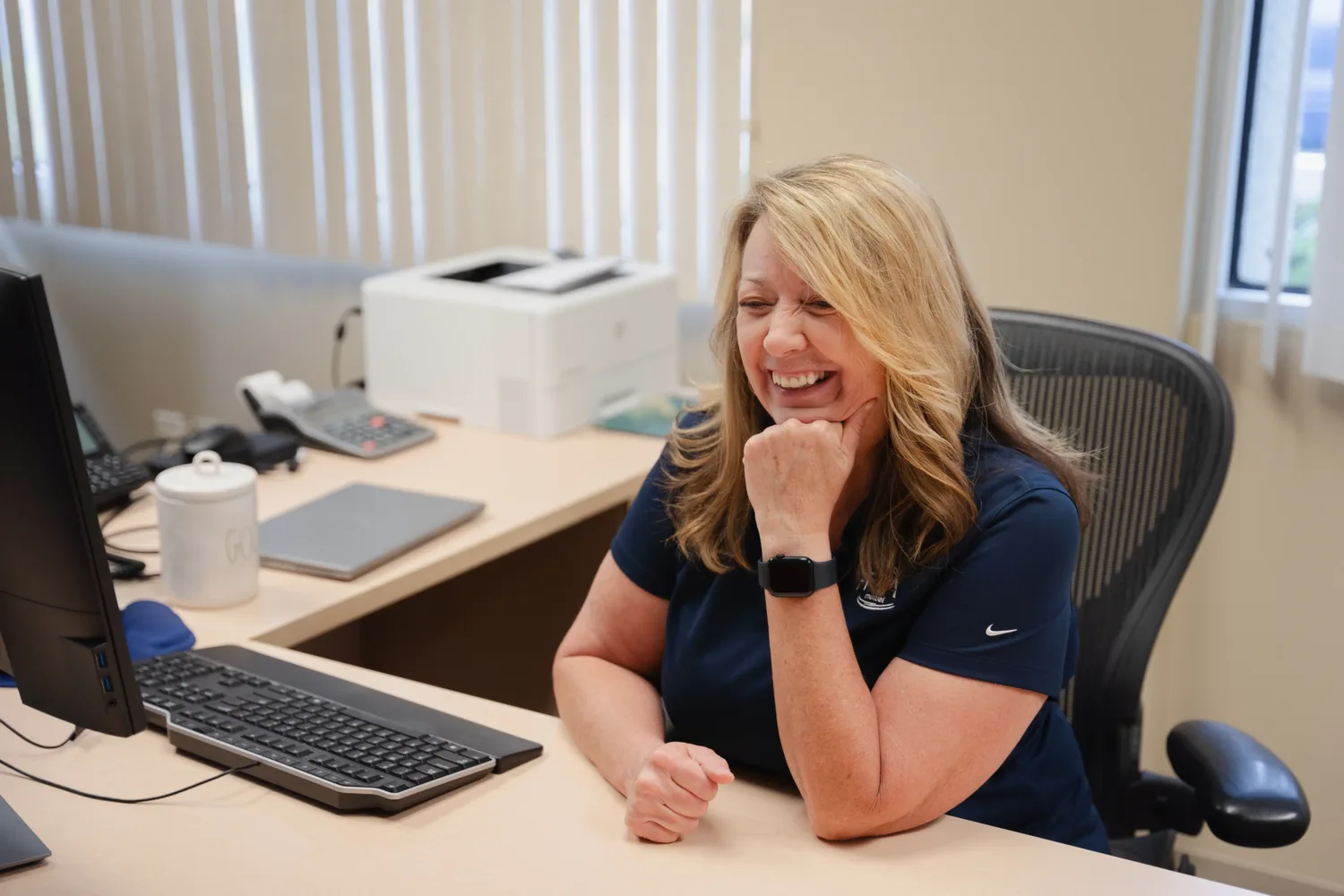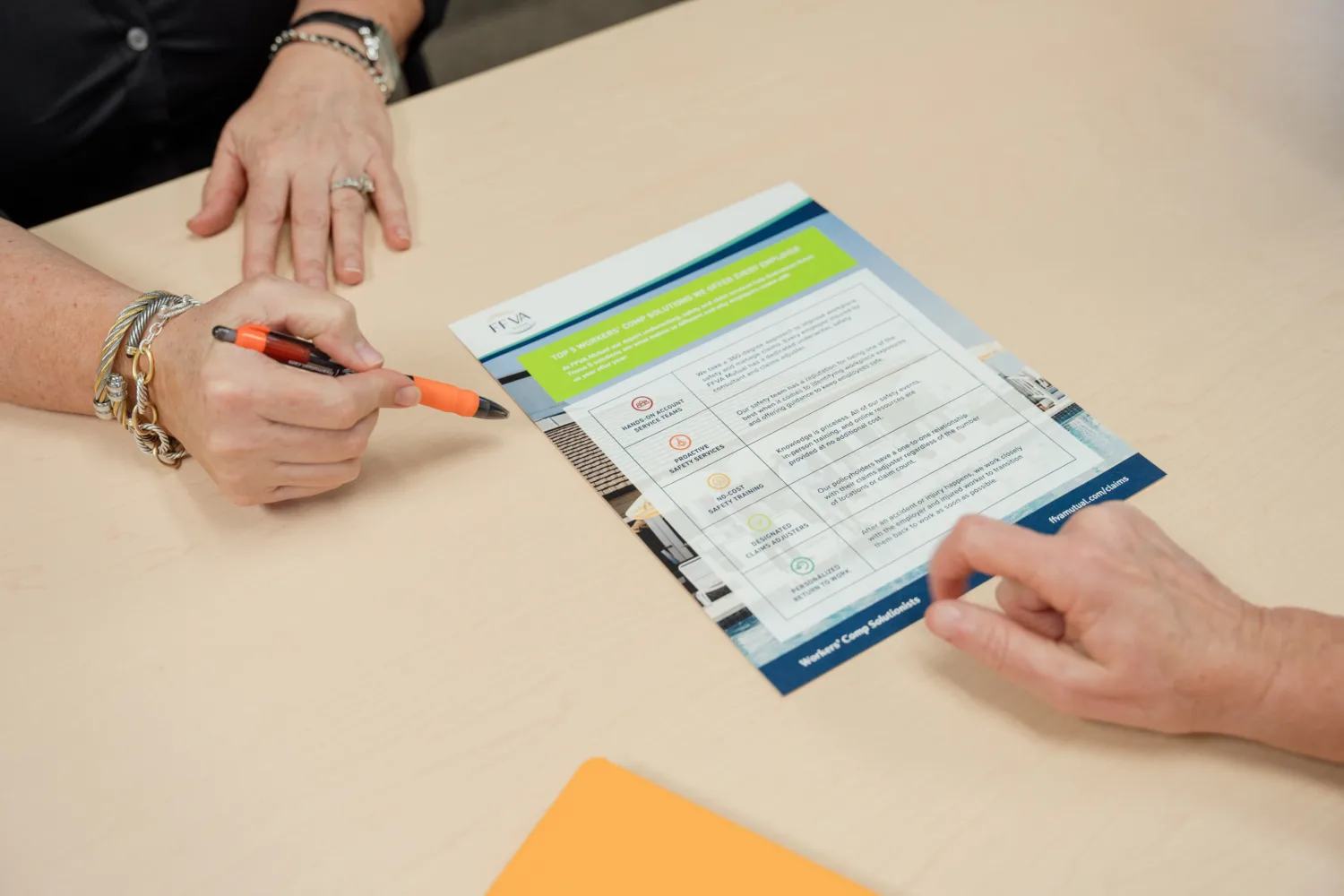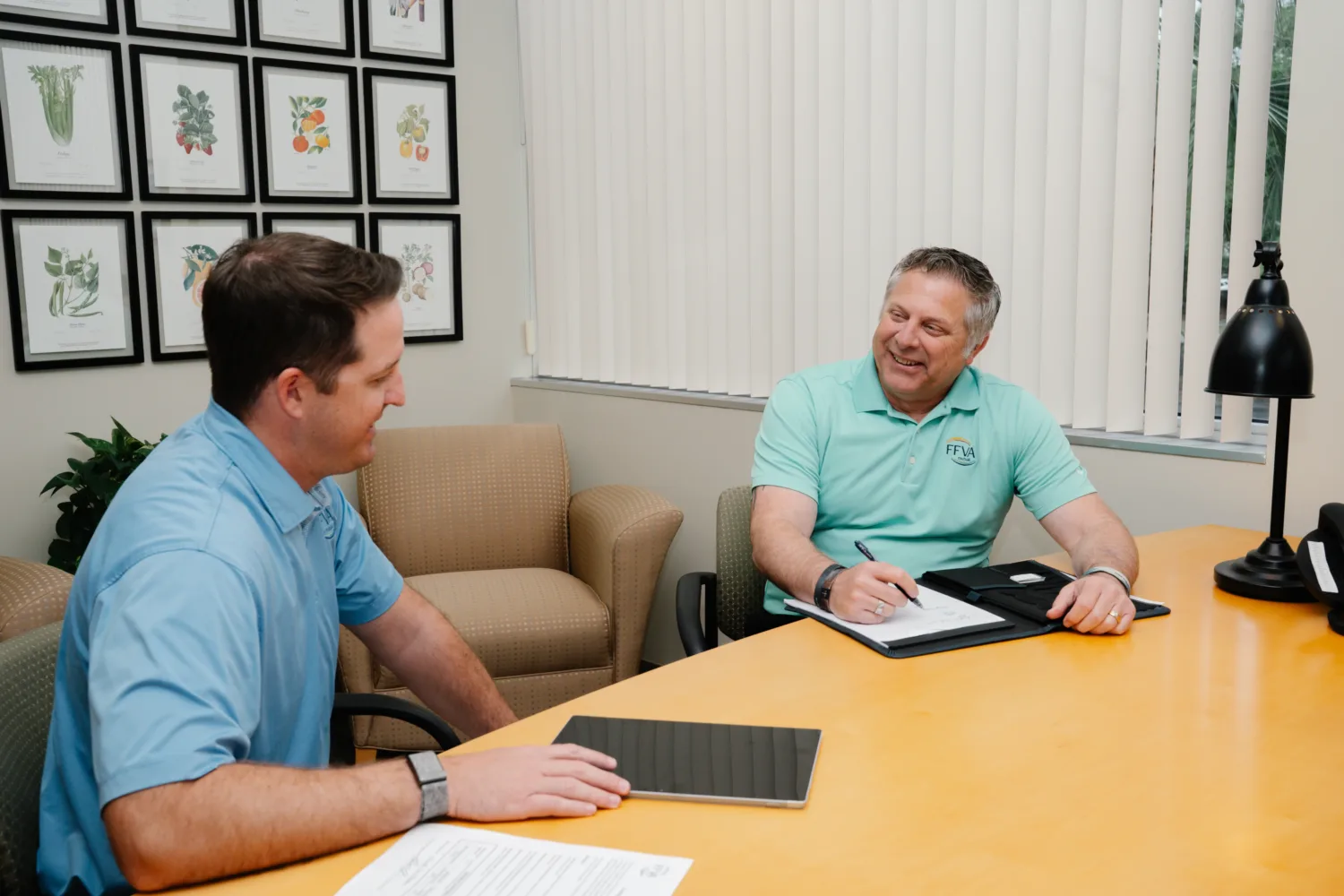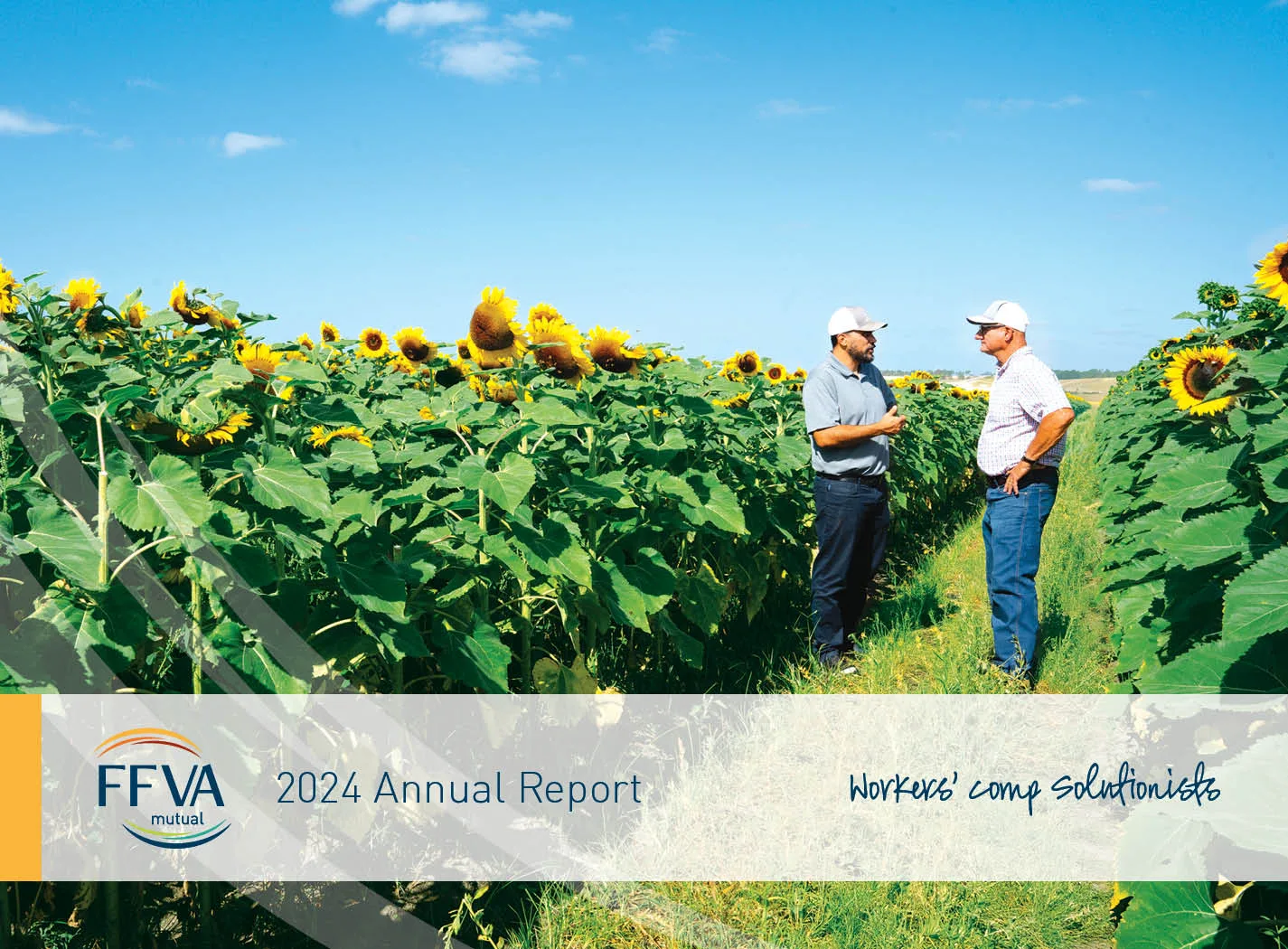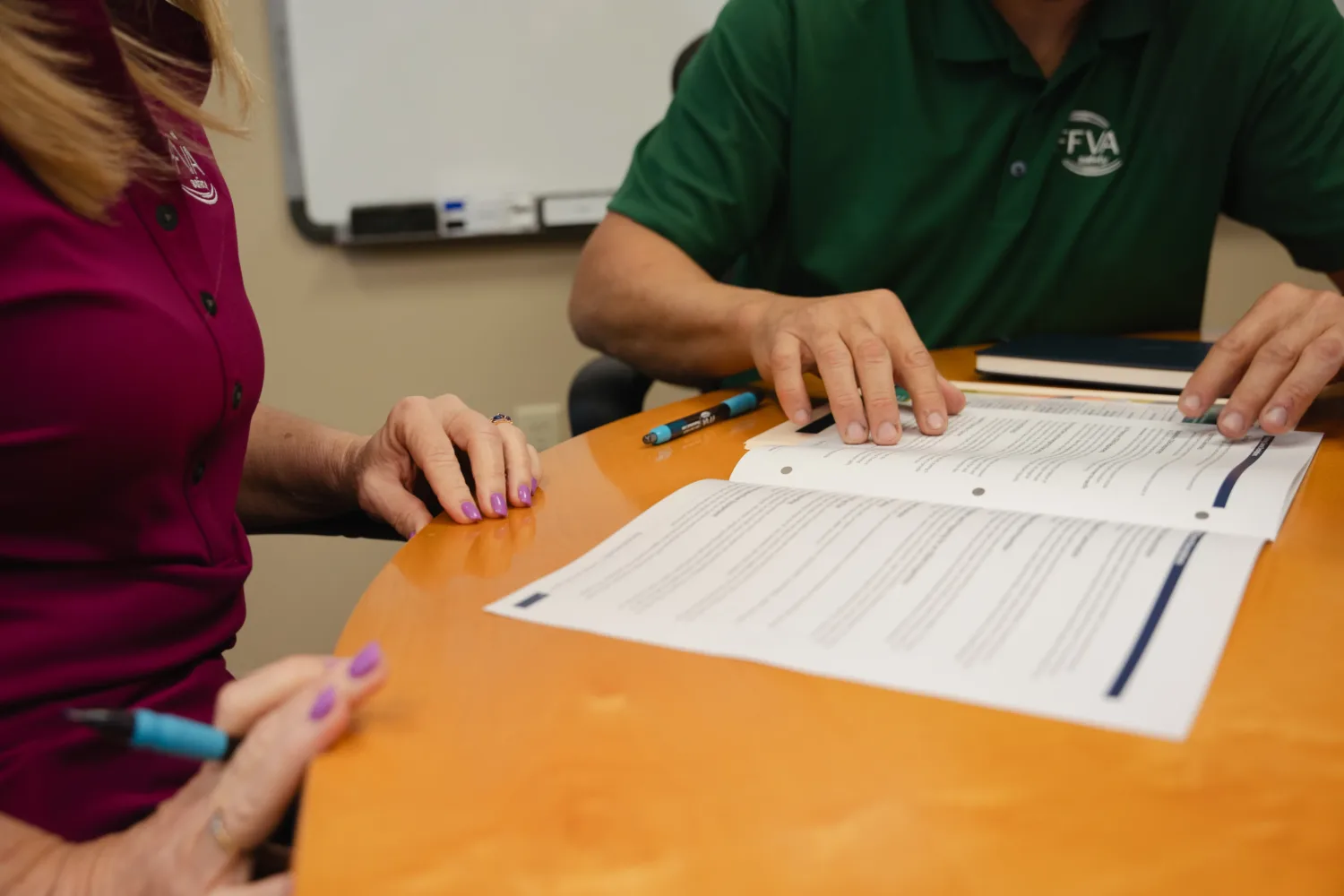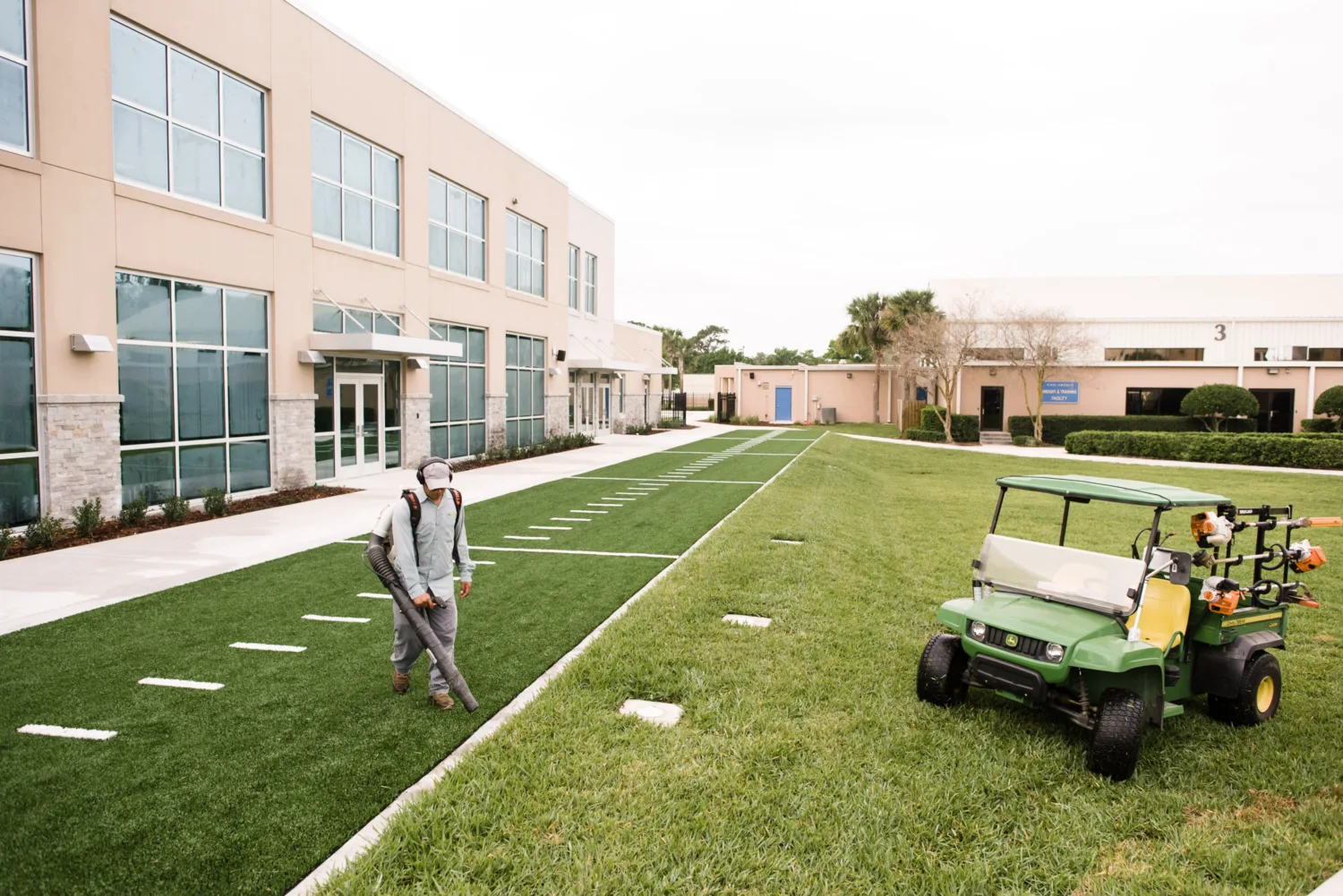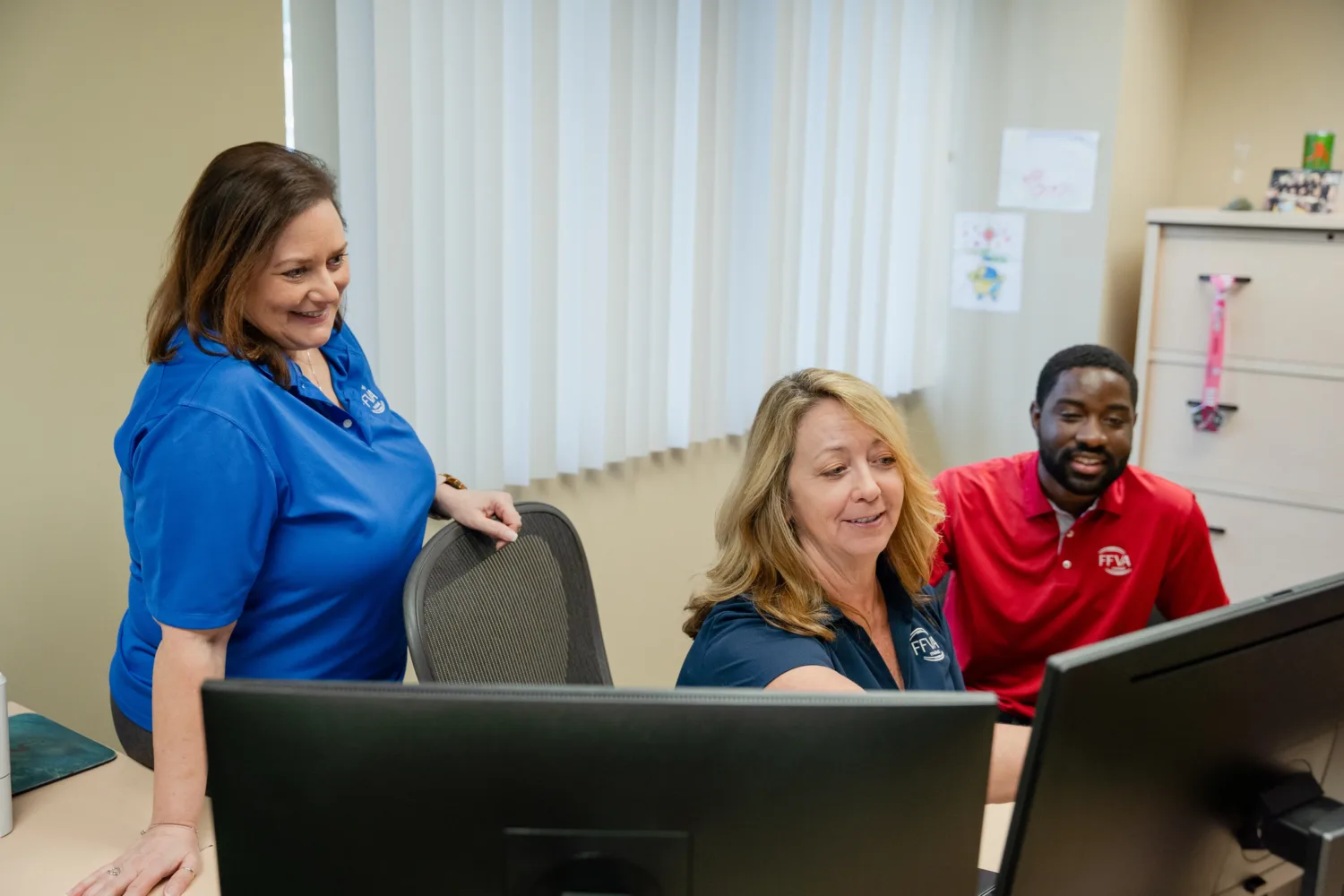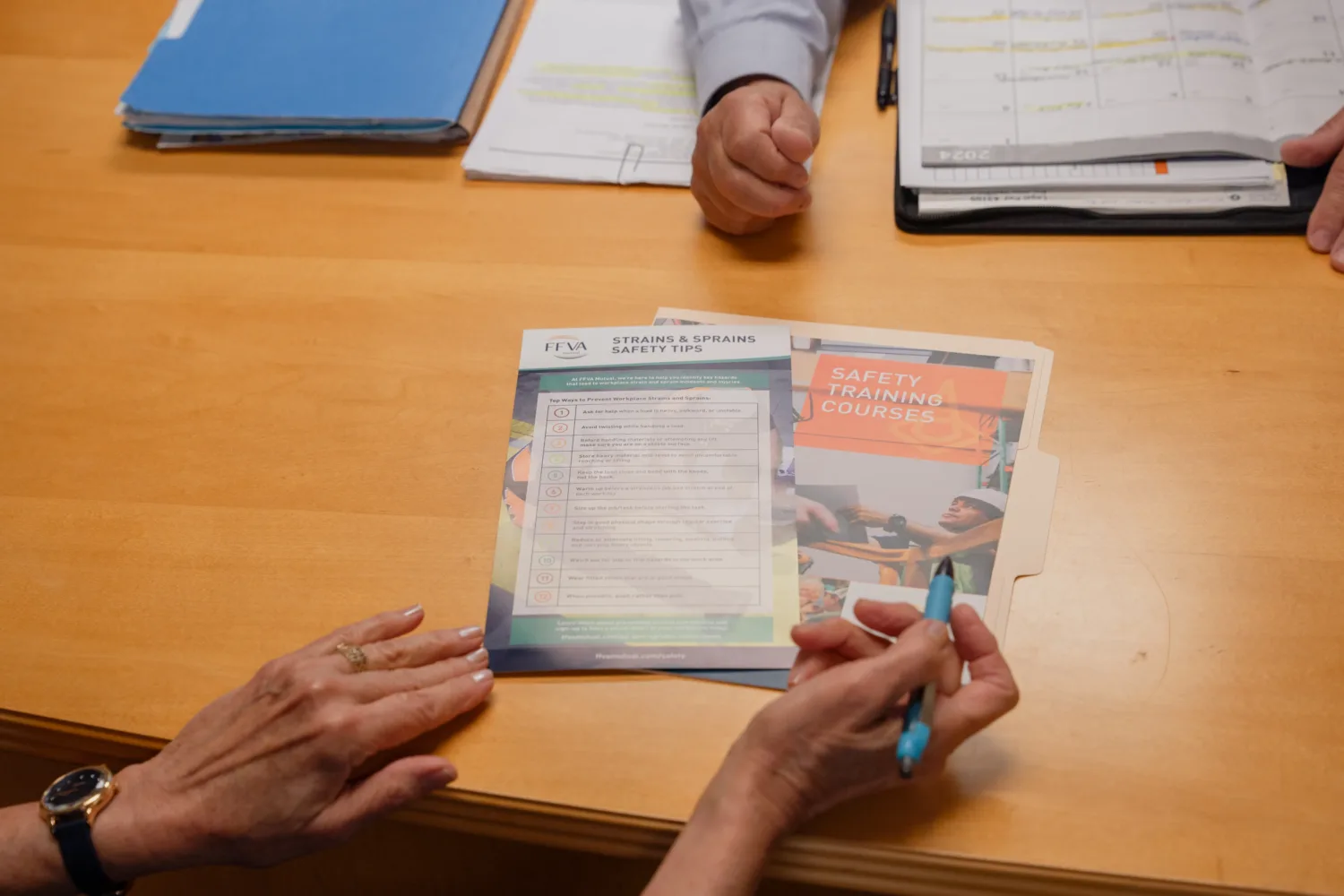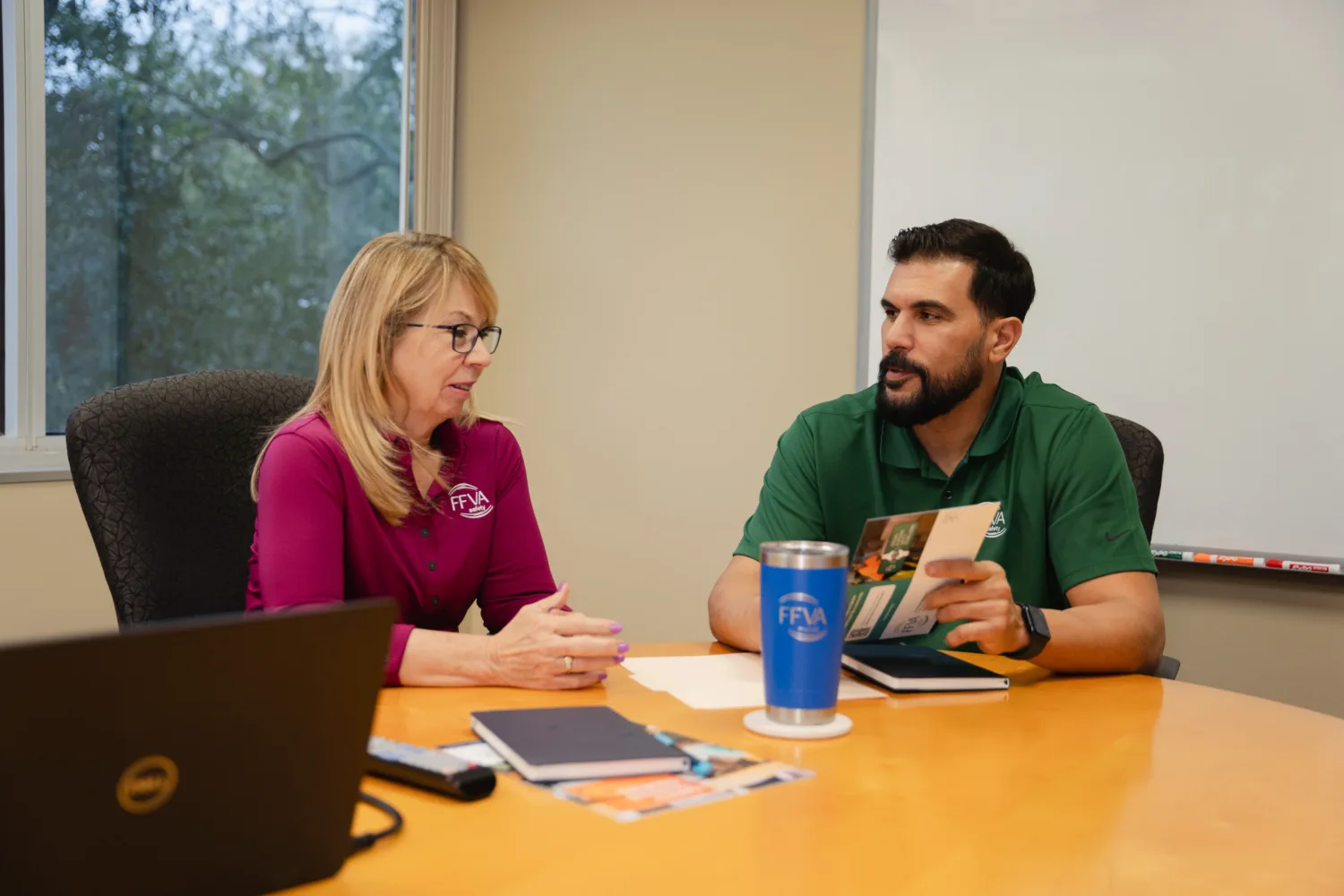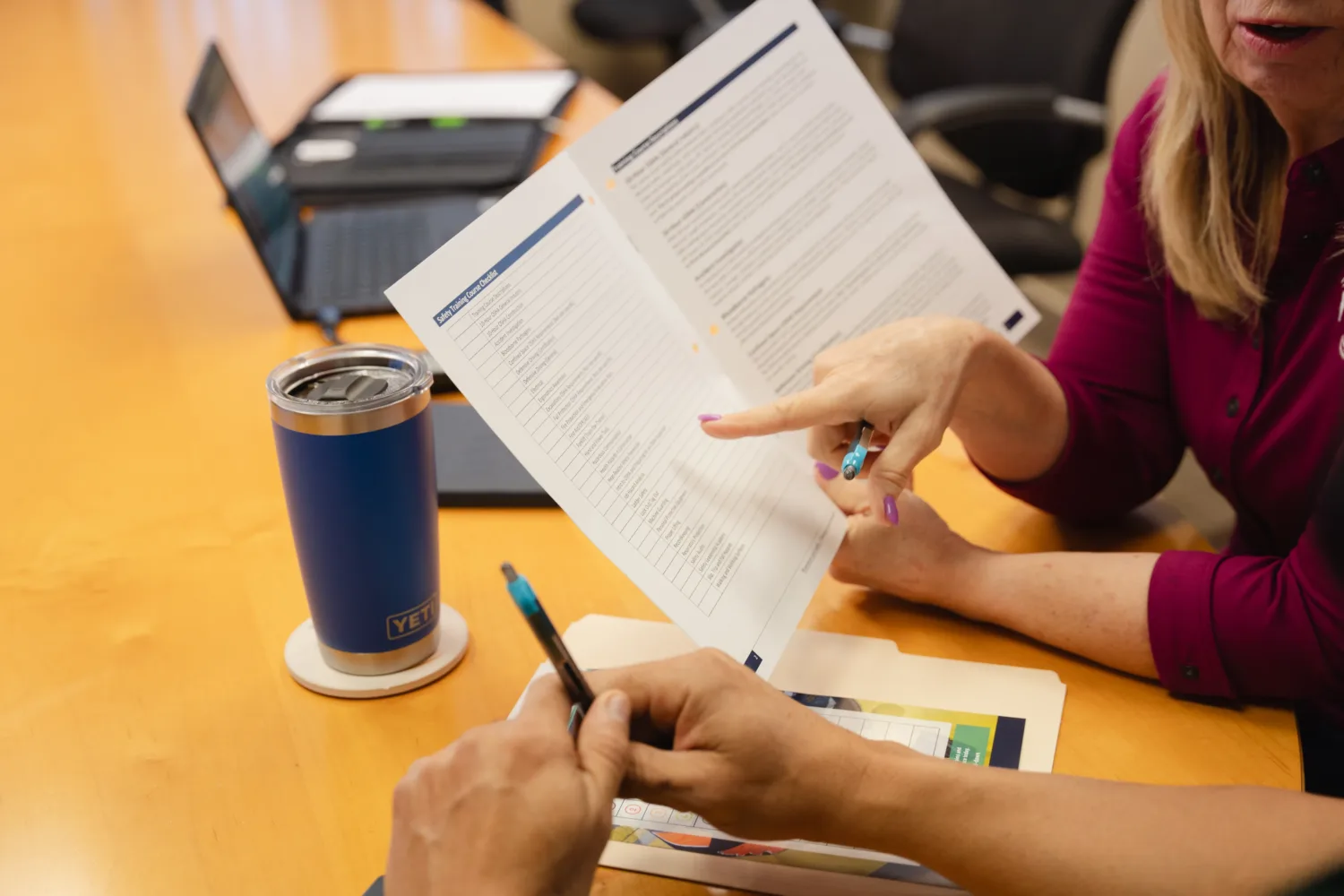How to reduce hand ligament injuries
Hands are among your employees’ most valuable tools, both on and off the clock. That’s why hand safety and injury prevention policies should be an important part of every company’s safety program. Overuse can lead to ligament damage, which can put employees out of work for weeks and cost employers lost productivity. Preventing these injuries from ever happening in the first place involves inspecting your workplace and making sure any job hazards are carefully eliminated.
Continue reading to learn more about hand ligament injuries and how you can prevent them from happening in your workplace.
What are work-related hand ligament injuries and how do they happen?
A hand ligament injury is any damage that occurs to any one of the hand’s many connective tendons and ligaments. Strains and sprains are some of the most common types, both of which can happen if employees overuse muscles in their hands without taking the right safety precautions. While ligament damage is more common in jobs that are physically demanding, some people working in office settings don’t realize that excessive typing can also put them at risk of injury. In fact, too much typing can lead to tendon injury, wrist pain, arthritis and even carpal tunnel syndrome.
Hand injuries can be costly for both sides. Most workers can expect to miss around five days if they suffer a hand injury at work, while older employees could miss up to two weeks. In financial terms, hand injury claims cost an average of $6,000, but compensation losses due to missed days can jump to an average of $7,500. More than that, according to the U.S. Bureau of Labor Statistics, approximately 120,000 workers experience a hand injury at work, accounting for almost 8% of all nonfatal workplace injuries that require days away from work.
Who is most at risk?
Anyone who uses their hands at work is potentially at risk of suffering a hand sprain or other injury. But some employees are at greater risk. New employees might not have enough experience to do their jobs safely: They could still be getting used to your safety protocols, or they might simply feel extra pressure to get jobs done quickly. All of these factors can put them at greater risk of injury.
Preventing hand ligament injury from happening in the workplace
With our hands serving as the primary interface for almost all work-related tasks — be it manual labor or data entry — the potential for damage is significant. Apart from limiting workplace productivity, hand injuries drive up compensation claims. So, how do you safeguard these vital assets? The answer lies in a multipronged strategy that combines technology, training and culture.
- Promote the use of protective equipment: Gloves made from a variety of different fabric, including leather, cotton and aramid fiber, can protect hands from numerous different hazards. Gloves help protect hands from scrapes, cuts and burns.
- Put more experienced employees on difficult machines: Since newer employees are at greater risk, you should consider putting your more experienced hands on the machines and equipment that require the most skill and concentration. This helps keep your most at-risk employees out of harm’s way while they learn the skills needed to operate more difficult machines.
- Rotate employees between different machines: A hand sprain or wrist injury can happen when employees use the same muscle groups over and over again. You should consider training employees on multiple different machines and rotating them periodically to keep them from overusing the same muscles and tendons.
- Invest in ergonomic tools and equipment: Any tool that’s uncomfortable to use can force an employee to exert too much pressure or even contort their hands into awkward positions to use it. Take the time to learn your employees’ preferences and invest in tools that are comfortable and safe.
- Conduct regular safety drills: Routine safety drills can educate employees on proper hand positioning, grip and maneuvering techniques. These drills can cover scenarios involving ligament tear risks, thumb sprains and more, ensuring that your team knows how to react in any given situation.
- Implement rest breaks: Overuse of muscle groups contributes to sprains, tendon injuries and other hand ligament issues. Encourage rest breaks for activities like physical therapy stretches, which can ease tension in the hand’s soft tissue and joints, reducing the risk of injury.
- Create a safety incentives program: An incentives program can drive employee engagement in safety practices. Rewards for safe behavior can range from gift cards to promotions. Positive reinforcement boosts morale and encourages a culture where safety isn’t sidelined.
- Use safety signage and labels: Visual cues, such as safety signage and labels around machinery, can make a substantial impact on reducing hand injuries. These could indicate potential hazards, remind employees about using protective gear, or even offer ergonomic tips.
- Foster open communication: A transparent communication channel allows employees to voice their concerns or suggest improvements to safety protocols. When employees feel heard, they’re more likely to adhere to safety practices and report incidents promptly, minimizing the risk of compound injuries.
What to do if an employee suffers a hand ligament injury
In the event of an injury, you need to act quickly. Move the injured worker to a safe location and try to determine exactly what’s wrong. Once you know the injury, you can take action. Minor pain might only require first aid, but something more serious may call for a trip to the emergency room, which could lead to hand surgery.
Injured employees should immediately report the injury to their employer. They should include any and all information relevant to the injury, including the day it happened, the type of injury as well as how and where it occurred.
The claim then goes through a process on the carrier end, which you can learn more about in this 7 steps of the workers’ comp claims process post. Throughout the entire process, the claims adjuster will work with the injured worker to coordinate proper medical treatments and ensure the timely payment of benefits.
Once your employee begins to heal, you can start implementing the return-to-work plan you’ve designed with them. Start them off with light tasks that don’t require too much pressure on their hands. For example, you might assign them tasks that they can complete while wearing a splint. Gradually return them to their normal responsibilities as their condition improves. Everyone heals at a different rate, so it’s important not to rush a worker who isn’t ready to return to full-time work.
Make FFVA Mutual your anchor in “handling” injuries at work
If one of your employees gets hurt on the job, it’s important you’re prepared. Workers’ compensation insurance is the best way to protect your employees’ safety and make sure your organization stays on its feet. That’s where FFVA Mutual comes in. If you’re already a policyholder, contact your safety consultant today to take advantage of our no-cost safety training. Or if you’re an employer looking for workers’ comp insurance, find an FFVA Mutual-appointed agency partner near you to get a quote and keep your employees safe!




